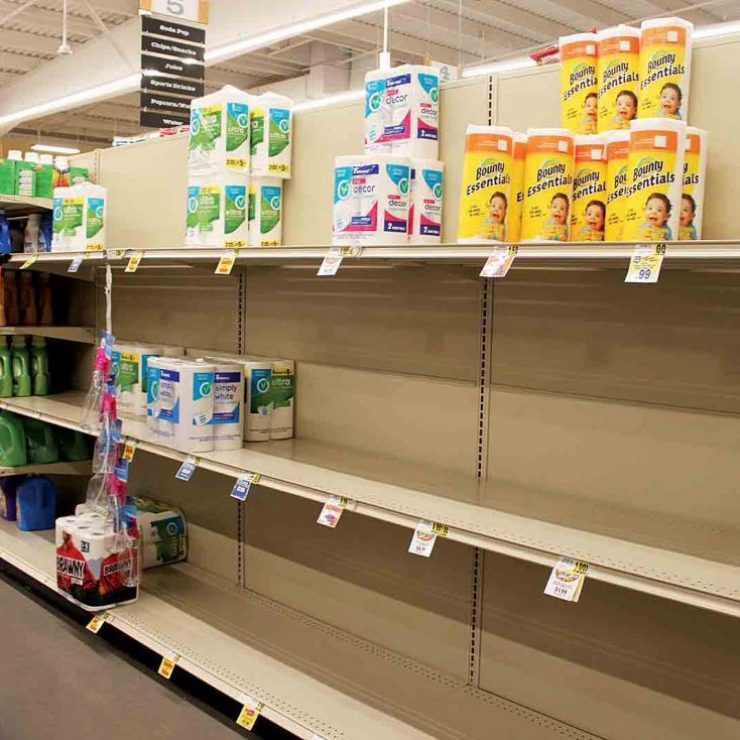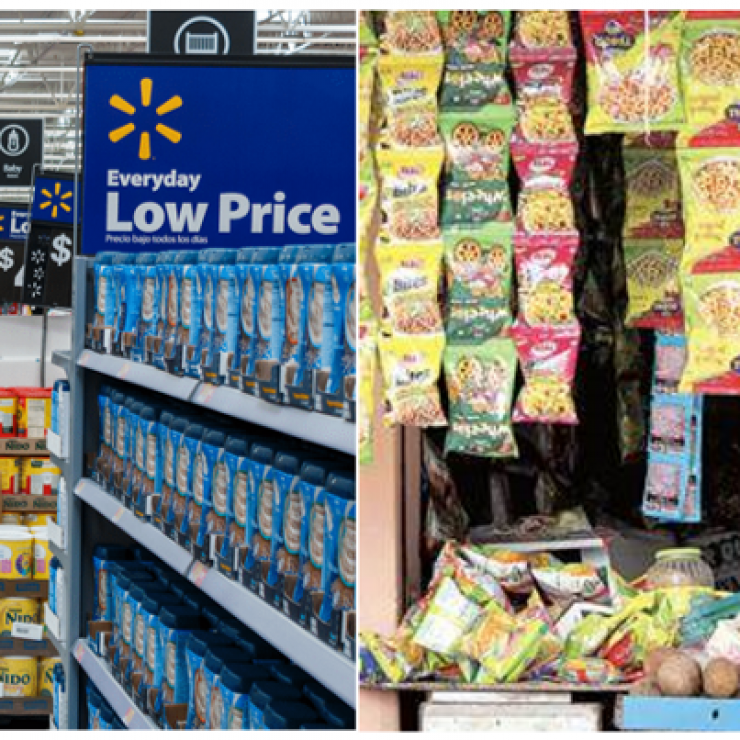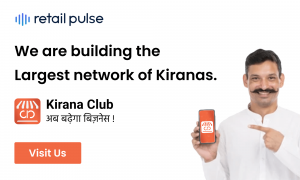What’s seen is sold, Right? “Joh Dikhta Hai, Wo Bikta Hai” is an age-old acronym used quite frequently in the Indian CPG space. In a utopia, everyone would know what to buy even before entering the store and just stick to it. But in the real world, hardly anyone does so, and many purchase decisions are made in-store. This opens up a massive opportunity for CPG brands to influence consumers in their favour. While there are a variety of factors that influence decisions, the key amongst them is visibility.
There is no doubt regarding the importance of visibility and the validity of the statement, but in the 21st Century, in the era of easy access to information, digitization and technology, is the ethos still important to CPGs?
Visibility and its Importance


Today it is not only enough for brands to be merely available in a store; how they are available and where they are available inside the store are equally important. Companies use specific In-Store Visibility Strategies to have a higher level of visibility. Visibility is a combination of many things. Starting from the store’s frontage to the store location, measuring comparative availability and even impact of various visibility elements vis-a-vis competition.
Whether it is impulse buying or just top of the mind recall, both are triggered when consumers end up seeing the product on a store shelf. Fancy packaging and neon colours will go to waste if your product is stuck on the bottom shelf. Earlier brand loyalty alone drove sales for most CPG products. Loyalty still exists; however, since there are so many choices, brand loyalty plays a lesser role in influencing purchase decisions. In-store visibility plays a crucial part in newly launched products. Consumers hardly go out of their regular purchasing patterns, and if they cannot find/see a new product quickly, they are unlikely to purchase it. For non-essential products, comfort foods, and non-traditional items, securing prime real estate on the shelves might be a make or break situation. Even new age D2C brands which are mostly online first will have to eventually tap into offline retail if they want to scale up and grow.
Marketers have increasingly become interested in how effectively their own set of outlets communicate with customers from a visibility standpoint. Be it paid window display or branded cooler, be it a poster, dangler, or parasite rack, be it a countertop or multi-brand unit, or be it a co-branded dealer board; even the largest of companies with a leading market share cannot afford to think of a marketing budget without substantial visibility spends.
Unfortunately, despite investing a significant amount of money annually on visibility, most companies do not have an objective understanding of the efficacy of these investments on an ongoing basis. At best, they are reactive measures to justify the spending. A study from Nielsen shows that around 30% of store displays are not effectively utilised and around 60% of the point of sale materials are not executed.
Perfecting In-Store Visibility Through Technology


As the CPG market continues to grow at an accelerated pace, manufacturers and retailers are grappling with product visibility and tracking retail execution in-store, particularly within traditional trade channels. Image Recognition Technology (IRT) is relatively new and is still a fresh concept in retail execution measurement. Given the diversity of Indian traditional trade, it has the immense potential to solve shelf optimisation, reduce data capture time, measure in-store execution quality of merchandisers in real-time, and more importantly, help the same merchandisers correct their mistakes while they are still at the store. Built on the combination of a robust image recognition engine and back-end data analysis capabilities to interpret and report store-level issues through dashboards, IRT can provide CPG companies with the tools needed to address performance gaps and make informed business decisions immediately.
In-store execution is critical for CPG companies to succeed in highly competitive developing markets. Unlikely developed markets, where you can enter into contracts with chain stores to ensure your products’ eye-level visibility, mom and pop shops rule the roost in developing markets. More than 80% of CPG purchases occur at these small shops, and it becomes crucial to ensure product visibility in such a fragmented market. There are thousands of these small stores located all across cities and hinterlands. It is an arduous task to ensure product visibility in each of these stores. But the segment can’t be ignored. In developing markets like India, more than 90% of the revenue is generated via this medium.
Visibility is king! “Joh Dikhta Hai, Wo Bikta Hai” still holds in the modern era. With the advent of technology the means to achieve it has become a lot simpler. Only those CPG companies will survive, which will perfect their in-store visibility strategy. But how to do so? Enter Retail Pulse, built for CPG companies and Retailers in developing markets; Retail Pulse offers an AI-based solution to tap into the immense data in every mom & pop shop and give real-time store analytics and insights based on the data generated via photos taken by the smartphones of CPG company’s sales reps.







